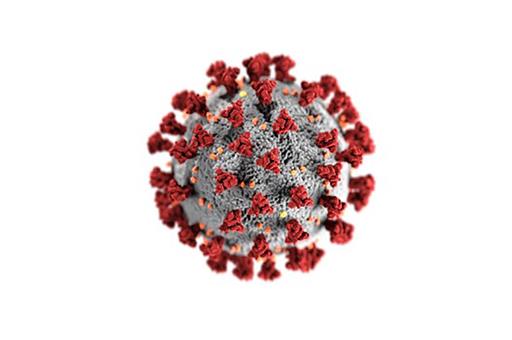Coronavirus COVID-19
Spanish scientific report concludes there is significant evidence on aerosol transmission of SARS-CoV-2
News - 2020.11.9
The authors of the report - Antonio Alcamí, Margarita del Val, Miguel Hernán, Pello Latassa, José Luis Jiménez, Xavier Querol, Ana Robustillo, Gloria Sánchez and Alfonso Valencia - propose outdoor activities and ventilation or filtration to reduce aerosol transmission, measures now added to the already accepted use of face-masks, personal hygiene, social distancing, working from home and avoiding events with large numbers of people, especially those taking place indoors.
The report analyses the position adopted by the World Health Organisation (WHO) and various studies on the modes of transmission, summarises the evidence in favour and against contagion by aerosols, and concludes there is substantial support from the scientific community for the possibility that this is the dominant mode of transmission and that it is the most common form of contagion at superspreader events.
The document highlights the importance of explaining the role played by airborne transmission - via aerosols expelled by infected individuals - to the population. In this regard, it explains that we emit high numbers of particles (droplets and aerosols) whenever we breathe, talk, shout, cough and sneeze. These droplets cause infection through impact with the eyes, nostrils or mouth, and fall to the ground between one and two metres from the individual who produced them. Aerosols cause infection through inhalation and travel more than one or two metres before falling to the ground.
The report also explains the measures that may be effective in reducing the risk, such as face-masks, personal hygiene, social distancing, doing things outdoors, ventilation and filtration for indoor spaces, avoiding events with high numbers of people and the specific recommendations for public transport in cities and long-distance journeys.
Non official translation





